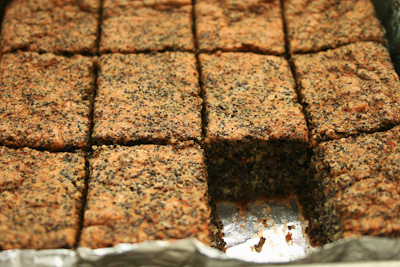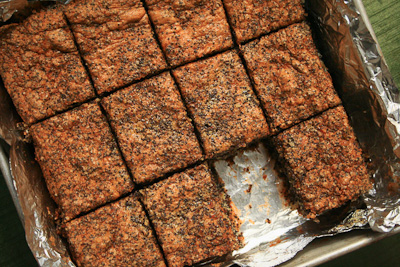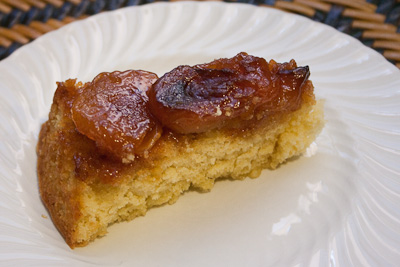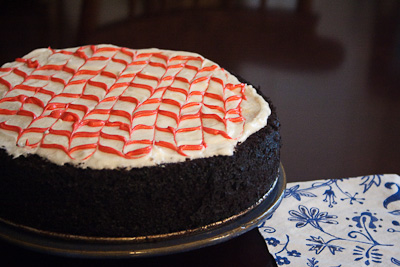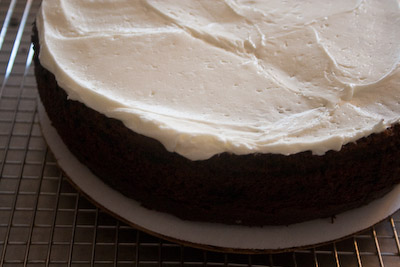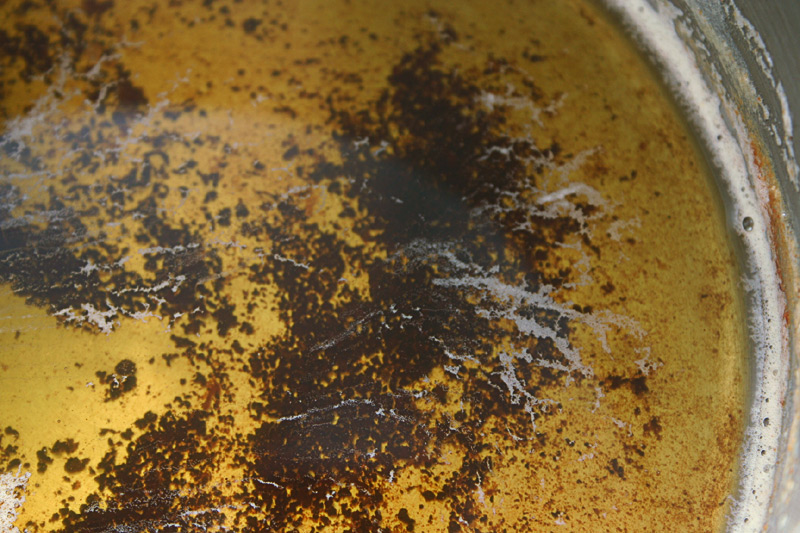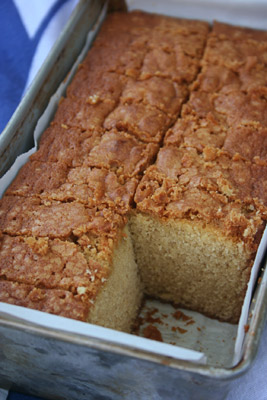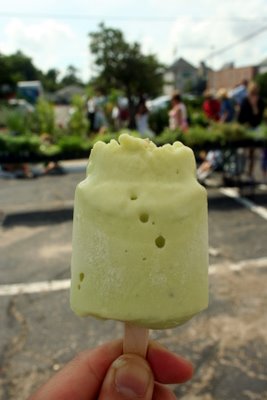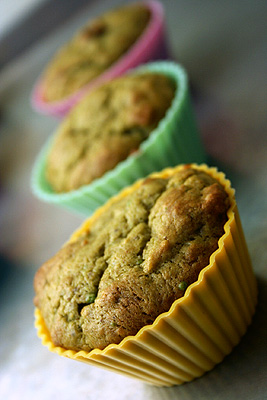Nutella-Swirl Banana Bread
Today is the 8th annual World Nutella Day. As if I needed an excuse to eat Nutella. But if you insist, I made banana bread with a tunnel of love. The trouble with baking Nutella though, is its smoothness and flavor degenerate with heat (as evidenced in my Nutella babka). It’s also candy sweet. So I added a bit of cream for smoothness and chopped chocolate for complexity.
Mission accomplished: my cake had lava-like craters of chocolate. I ate three pieces in one sitting, and someone else ate four. It was brown and caramelly because of coconut sugar.
Coconut sugar (my favorite new baking ingredient) is a whole, unrefined sweetener from coconut nectar. It has 412 times the potassium of cane sugar and also contains magnesium, zinc, iron, and B vitamins. It has a low glycemic index too: 35 compared to agave (42) and cane sugar (68). Most importantly, it tastes good, like a tropical toasted marshmallow. You can generally substitute it 1:1 for white sugar. Just know that coconut sugar has some moisture (add more cream of tartar to meringues), and while it resembles brown sugar, the latter has more acidity (adjust leavening accordingly, or only use in place of white sugar). I dig Big Tree Farms because it’s fair trade and not diluted with other sweeteners. Find it at Whole Foods, Amazon, or Vitacost (use the link for $10 off an order of $30 or more).
Thanks to Ms Adventures in Italy and Bleeding Espresso for hosting World Nutella Day. For 700 more recipes, check out the website. Remember, keep calm and eat Nutella.
Inspired by The Bake Sale Cookbook by Sally Sampson and the Nutella-swirl pound cake from Cake Keeper Cakes
Ingredients
Instructions
- Preheat oven to 350° F. Grease and flour a 9"x5"x3" loaf pan.
- In a small bowl or measuring cup, combine the Nutella and cream. If mixture is stiff, microwave for 10 seconds at 50% power.
- In a large bowl, mash the peeled bananas with the sugar. Beat in eggs, oil, and vanilla with an electric mixer on low speed.
- In another bowl, whisk together the flour, baking soda, and salt. Add to banana mixture and beat on low speed just until combined.
- Pour 1/3 of batter in pan. Take half of the Nutella and cover the batter with tablespoon-sized dollops. Sprinkle half of chocolate on top. Add 1/3 more batter and layer again with remaining Nutella and chocolate. Add the rest of the batter. Zig zag a knife through the pan (just once through, so chocolate streaks remain).
- If pan is more than 2/3 full, place a piece of foil below the pan to catch drippings. If pan is more than 3/4 full, prepare for major spillover or add excess to another pan.
- Bake for one hour, or until the top springs back when touched and a toothpick inserted in the center comes out without batter (melted chocolate may stick). Chocolate may ooze out, and center may sink when cool. Don't worry, your cake just has character.
- Cool and serve from pan (cake will be too delicate to unmold).
Related Links:
Homemade Chocolate-Hazelnut Spread
Pierre Herme’s Nutella Tart
Nigella Lawson’s Nutella Torte
Full Nutella Coverage







